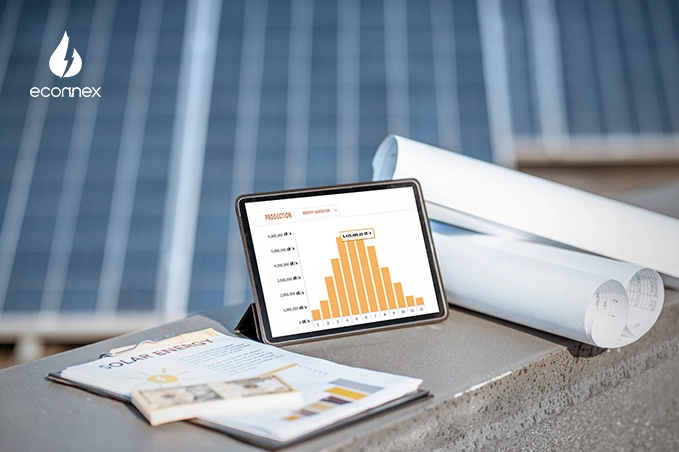Discover how the 2025–26 Budget impacts energy prices, utilities, and cost of living. Explore key savings and reforms for Australian consumers and energy businesses.

Published on 26/05/2025
By Pallav Verma
Energy Comparison
The Australian Federal Budget for 2025–26 has been one of the most anticipated in recent years. With a clear pre-election focus, the government has prioritized addressing the cost-of-living crisis, easing energy price pressures, and investing in sustainable infrastructure. Whether you're a homeowner, an energy supplier, or simply a consumer trying to make sense of your utility bills, This blog offers a detailed breakdown of the latest Federal Budget’s impact on the energy market and utility services, referencing data and announcements from official sources such as the Australian Government Budget Papers and the Australian Energy Regulator (AER), ensuring you access accurate and reliable information.
We’ve divided the analysis into three sections:
Finally, we’ll provide actionable insights and resources to help you make informed decisions about your energy plans.
The largest piece of good news? Relief measures announced may assist eligible Australian families struggling with rising utility bills. But what does this look like on the ground?
The budget aims to boost household purchasing power via income tax reductions. Starting on 1 July 2026, the lowest tax rate (currently for incomes between $18,201–$45,000) will drop to 15%, and then to 14% by 2027. These tax cuts are coupled with adjustments to the Medicare Levy threshold, ensuring more low-income Australians are shielded from tax obligations altogether.
For an average taxpayer, this initiative translates to an annual saving of up to $536 by 2027. While not specifically tied to energy rebates, this boost in disposable income is expected to help families handle broader expenses, such as electricity and gas costs.
To tackle volatile electricity prices, the budget introduces $1.8 billion in funding to extend energy bill rebates through 2025. Here’s what this means for households and small businesses:
Combined with state-specific programs, these measures ensure that many Australians can save significantly on energy bills. For instance, a Queensland homeowner could benefit from federal and state reductions, Savings of up to 30% may be possible for some eligible customers depending on their plan and energy usage.
The government is doubling down on renewable energy incentives, which indirectly reduce long-term costs for consumers. Programs such as community solar rooftop rebates and shared battery systems aim to accelerate household-level energy efficiency.
Australia’s energy market, already in the throes of transformation, is seeing some of the most significant reforms in decades. This year’s budget is a pivotal step in making the energy market more resilient and sustainable.
The government has committed $12.5 billion over the next five years to fund the National Renewable Energy Plan. Here’s what this covers:
A budget highlight is the increased focus on energy storage systems. This includes:
Many Australians take utility services (electricity, gas, and water) for granted until costs escalate. Here’s how the 2025–26 Federal Budget addresses challenges in these areas.
Electricity prices have been a key concern, but recent federal interventions have started to pay off. Notably, electricity prices decreased by 25.2% throughout 2024 due to subsidies and price cap policies. Here’s what the government plans next:
Natural gas remains a heavily-used supplementary resource, even as renewables ramp up. However, lingering international supply-chain constraints strain prices. The budget proposes:
Although less headline-grabbing than electricity or gas, water security was highlighted as a critical focus in the budget. Expect:
The combination of tax savings, energy rebates, and cheaper utilities suggests real opportunities for households to reduce financial stress. To get additional savings, we recommend:
The reforms offer energy companies unique opportunities to innovate. Stay ahead by:
The government’s 2025–26 Budget reflects a balanced approach, addressing immediate economic pressures while paving the way for a sustainable energy future. Whether you’re a consumer focused on saving money or a professional in the energy industry, the steps outlined in this blog can help you benefit from the sweeping changes underway.
Take action today! Visit platforms like Electricity Provider to compare energy plans to find savings specific to your region. Or, explore local rebates to make your home a greener, more cost-effective space.




